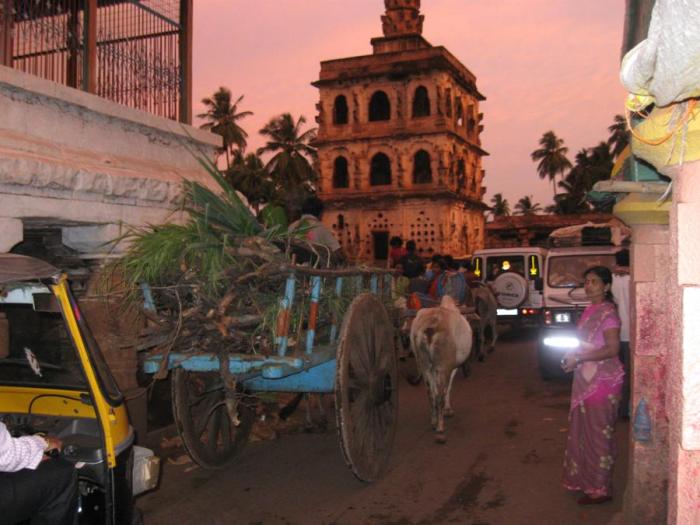My recent trip to some heritage sites in North Karnataka (Aihole, Badami, Bijapur, Hampi and Pattadakal) was an eye-opener in more ways than one. While I was amazed to see the excellent work done by the Archaeological Survey of India (ASI) in restoring and maintaining the sites, as well as the efforts taken by the Karnataka Tourism Board, I was appalled to see condition of heritage sites not maintained by the ASI. My visits to the Banashankari Temple and the Mahakuta Temple Complex, both near Badami, are perfect examples of this.
The Banashankari Temple site has been a place of worship for about 14 centuries or so, though the current temple building is only about 200 years old. The temple’s name is derived from its location in the Tilakaranya forest. The main deity, Banashankari is also known as Shakambari or the vegetable goddess. Banashankari was the kuldevata or the tutelary deity for the Chalukya kings of the 7th century.
Our tour group arrived at the Banashankari Temple after spending a magical and enchanted evening at the Bhoothnatha Temples and the Agastya Teertha, near the Badami Cave-Temples. And came back to earth rather rudely with a ride through narrow, dusty, potholed and dirty access road to the temple. It was an inkling to the state of the temple itself.

Continue reading “The Banashankari and Mahakuta temples: Examples of neglect and apathy”
